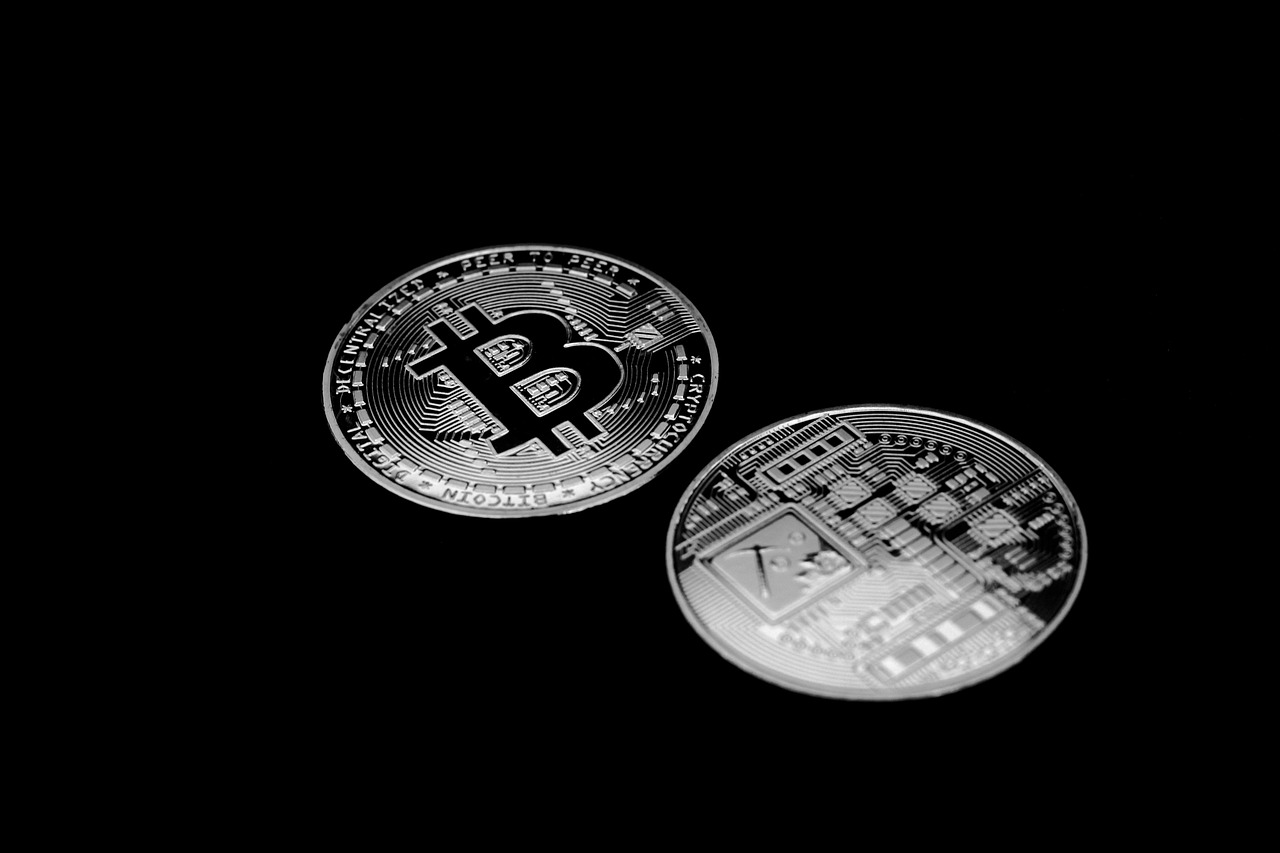Navigating the exciting, and sometimes complex, world of crypto assets can feel like decoding a whole new language. From Bitcoin to NFTs, understanding the underlying technology, investment potential, and regulatory landscape is crucial. This guide will provide a comprehensive overview of crypto assets, helping you make informed decisions whether you’re a seasoned investor or just starting to explore this digital frontier.
Understanding Crypto Assets
What Are Crypto Assets?
Crypto assets are digital representations of value that rely on cryptography for security. Unlike traditional currencies issued by central banks, most crypto assets operate on decentralized networks, typically using blockchain technology. This decentralization means no single entity controls the asset, leading to increased transparency and potential for resistance to censorship.
For more details, see Investopedia on Cryptocurrency.
- Cryptocurrencies: These are designed to function as a medium of exchange, using cryptography to secure transactions and control the creation of new units. Examples include Bitcoin (BTC), Ethereum (ETH), and Litecoin (LTC).
- Tokens: Tokens represent a variety of assets or utilities on a blockchain. They can represent ownership, access rights, or other specific functionalities within a project’s ecosystem.
- Stablecoins: These are cryptocurrencies designed to minimize price volatility by pegging their value to a stable asset, such as the US dollar or gold. Examples include Tether (USDT) and USD Coin (USDC).
- Non-Fungible Tokens (NFTs): NFTs are unique digital assets representing ownership of items such as art, music, or collectibles. Unlike cryptocurrencies, each NFT is distinct and cannot be interchanged.
The Technology Behind Crypto Assets: Blockchain
Blockchain is a distributed, immutable ledger that records transactions across a network of computers. This technology provides transparency and security, as each transaction is verified by multiple nodes and added to a block, which is then linked to the previous block in a chain.
- Decentralization: No single point of failure, increasing resilience and security.
- Transparency: All transactions are publicly verifiable on the blockchain.
- Immutability: Once a transaction is recorded, it cannot be altered or deleted.
- Security: Cryptographic algorithms secure transactions and prevent fraud.
Investing in Crypto Assets
Assessing Risk and Potential Returns
Investing in crypto assets can be highly rewarding, but it also carries significant risk. The market is volatile, and prices can fluctuate dramatically. Before investing, it’s crucial to assess your risk tolerance and understand the potential rewards and drawbacks.
- Volatility: Crypto asset prices can be highly unpredictable, making them a risky investment.
- Market Sentiment: Market sentiment can strongly influence prices, leading to rapid gains or losses.
- Regulatory Uncertainty: The regulatory landscape for crypto assets is still evolving, which can impact their value.
- Technological Risks: The security of crypto assets depends on the underlying technology. Vulnerabilities in the code or the network can lead to losses.
- Example: Bitcoin, the first cryptocurrency, has seen tremendous price appreciation over the years, but it has also experienced significant corrections and bear markets. Understanding these cycles is essential for long-term investors.
Diversification Strategies
Diversifying your crypto portfolio can help mitigate risk by spreading your investments across different assets.
- Invest in multiple cryptocurrencies: Don’t put all your eggs in one basket. Consider diversifying across different cryptocurrencies with varying market caps and use cases.
- Explore different asset classes: Consider adding stablecoins or NFTs to your portfolio to balance out the volatility of other cryptocurrencies.
- Allocate based on risk tolerance: Determine your risk tolerance and allocate your portfolio accordingly. A conservative investor might allocate a smaller percentage to crypto assets compared to a more aggressive investor.
Practical Tips for Crypto Investing
- Do your research: Thoroughly research any crypto asset before investing. Understand its purpose, technology, team, and market potential.
- Use reputable exchanges: Choose established and reputable crypto exchanges with robust security measures.
- Secure your assets: Store your crypto assets in a secure wallet, such as a hardware wallet or a reputable software wallet.
- Stay informed: Keep up-to-date with the latest news and developments in the crypto market.
Crypto Asset Use Cases
Decentralized Finance (DeFi)
DeFi aims to recreate traditional financial services on a decentralized blockchain, offering services like lending, borrowing, and trading without intermediaries.
- Lending and borrowing: DeFi platforms allow users to lend and borrow crypto assets, earning interest on their deposits or accessing loans without the need for traditional banks.
- Decentralized exchanges (DEXs): DEXs enable users to trade crypto assets directly with each other, without the need for a central exchange.
- Yield farming: Users can earn rewards by providing liquidity to DeFi protocols.
- Example: Platforms like Aave and Compound allow users to lend and borrow crypto assets, while Uniswap and Sushiswap are popular DEXs.
Non-Fungible Tokens (NFTs)
NFTs have revolutionized the digital art and collectibles market, providing a way to prove ownership of unique digital assets.
- Digital art: Artists can create and sell their artwork as NFTs, allowing them to reach a global audience and earn royalties on secondary sales.
- Collectibles: NFTs can represent ownership of virtual collectibles, such as trading cards, virtual land, or in-game items.
- Gaming: NFTs can be used to represent in-game assets, allowing players to own and trade their virtual items.
- Example: Platforms like OpenSea and Rarible are popular marketplaces for buying and selling NFTs.
Enterprise Applications
Crypto assets and blockchain technology are also finding applications in enterprise settings, such as supply chain management, identity verification, and data security.
- Supply chain management: Blockchain can be used to track products throughout the supply chain, improving transparency and efficiency.
- Identity verification: Blockchain can be used to create secure and tamper-proof digital identities.
- Data security: Blockchain can be used to secure sensitive data and prevent unauthorized access.
The Future of Crypto Assets
Regulatory Landscape
The regulatory landscape for crypto assets is still evolving, with different countries taking different approaches. Some countries have embraced crypto assets, while others have imposed strict regulations or outright bans.
- Increased regulatory scrutiny: Regulators around the world are increasingly focused on crypto assets, with a focus on consumer protection, anti-money laundering, and financial stability.
- Potential for new regulations: New regulations could impact the adoption and use of crypto assets.
- Global harmonization: Efforts are underway to harmonize regulations across different jurisdictions.
Technological Advancements
The technology behind crypto assets is constantly evolving, with new innovations emerging all the time.
- Layer-2 scaling solutions: Solutions like Lightning Network and Polygon are designed to improve the scalability of blockchain networks.
- Decentralized autonomous organizations (DAOs): DAOs are organizations that are governed by code, allowing for decentralized decision-making and management.
- Metaverse and Web3: Crypto assets are playing a key role in the development of the metaverse and Web3, enabling new forms of digital ownership and interaction.
Mass Adoption
The adoption of crypto assets is growing rapidly, with more and more people and businesses using them for various purposes.
- Increasing institutional interest: Institutional investors are increasingly interested in crypto assets, driving demand and legitimizing the market.
- Mainstream adoption: Crypto assets are becoming more accessible to mainstream users, with new products and services emerging to cater to their needs.
- Global adoption:* Crypto assets are being adopted in countries around the world, particularly in developing economies where access to traditional financial services is limited.
Conclusion
Crypto assets represent a transformative technology with the potential to disrupt traditional finance, create new economic opportunities, and empower individuals. While the market is still evolving and carries inherent risks, understanding the fundamentals, assessing risk tolerance, and staying informed are crucial for navigating this exciting space. By approaching crypto asset investments with careful consideration and a long-term perspective, individuals can potentially benefit from the future growth and innovation of this digital frontier.
Read our previous article: Silicon Whispers: The Future Of Heterogeneous Compute




